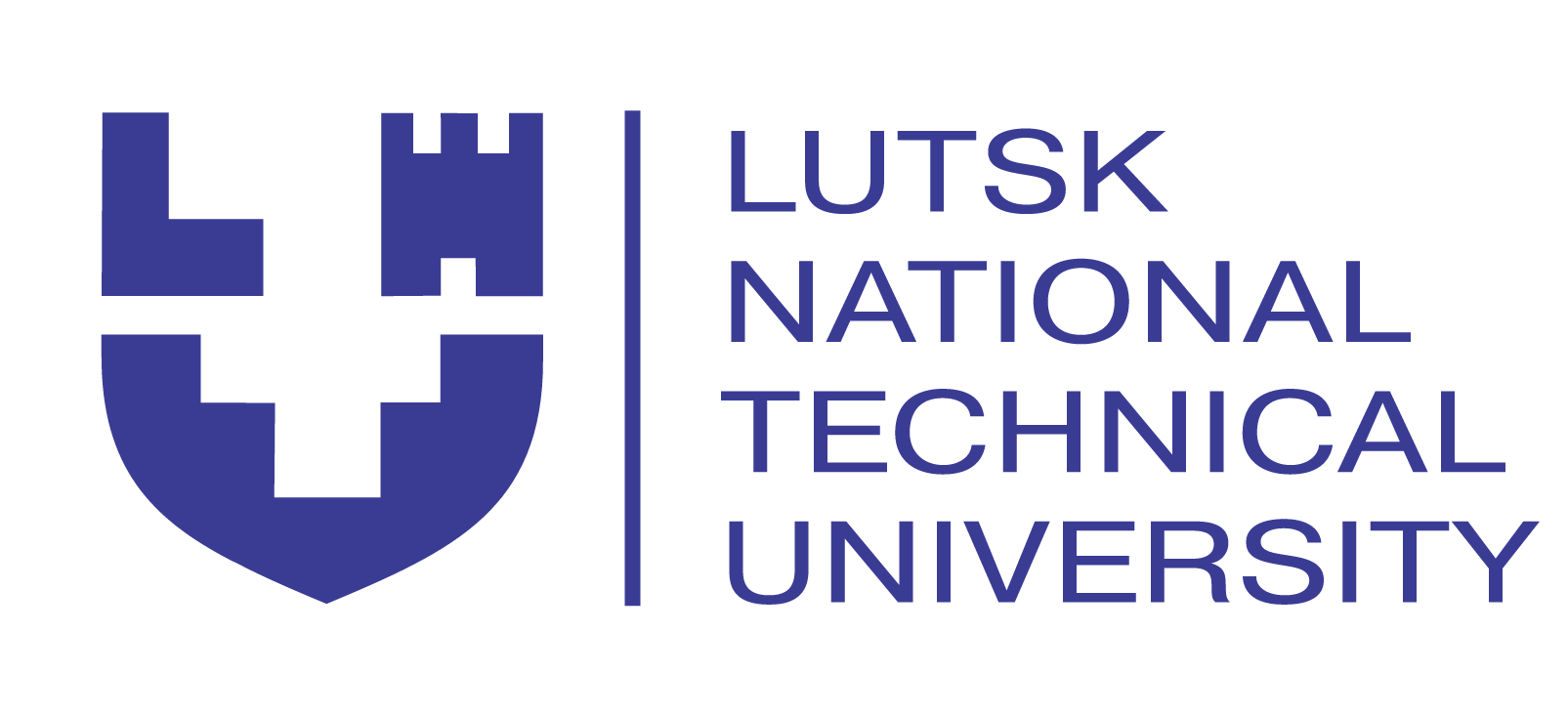INNOVATIVE CORPORATE CULTURE AS A TOOL FOR ADAPTING THE ENTERPRISE TO CHANGES IN THE ENVIRONMENT
Abstract
The article deals with the role of corporate culture in the enterprise. Corporate culture is basically an invisible part of the organization. The impact on corporate employees is quite large, however, managing corporate culture is difficult. Generally, the basic rules and regulations are laid down by businesses through regulation. In general, there are two types of corporate culture: conservative and innovative, which allows not only to respond promptly to changes in the internal and external environment, but also to receive from them an additional effect.
The structural elements of corporate culture and their characteristics are defined in the article. In particular, ideology as a system-building element; regulatory and procedural component as a mechanism that ensures the promotion of employees to this goal and increase their loyalty to the organization; it includes procedures and rules governing the way in which tasks are organized in the organization; content component (reflects intergroup and interpersonal relationships, general ethical principles, traditions); image of the organization (based on the ideas about it, formed by employees, partners, clients of the organization, representatives of the media and other people, and the formation of this image is significantly influenced by: style of work of people, symbolism, attributes of the organization, prestigious corporate information).
The concept of innovative corporate culture and its regulatory functions is explained in detail. Innovative culture is a system of values that correspond to the innovative development of society, state, regions, industries, enterprises, institutions, organizations and reflect the individual-psychological qualities, other important social values of the person, which contribute to the formation and development of innovatively active personality. Defining the innovative culture of an organization (enterprise or institution) allows to distinguish its components, the main of which are: the system of motivation of the staff of the innovation organization (team of the innovation project) for active innovation activity; a system of organizing innovation activities that ensures mutually consistent creative collaboration between the staff of the innovation organization to create and disseminate innovation. At the present stage of development, the organization is the main function of management, accordingly, the subsystem of the organization must play a leading role in the formation and development of innovative culture; system of acquisition, updating, development and transfer of knowledge and experience, formation and modification of stereotypes of innovative behavior of personnel. It is suggested to assess the state of innovation culture of a particular organization by comparing it with certain criteria with the best enterprises in the market or to analyze them in dynamics.
The study provides a model of innovative corporate culture. The mechanisms of change of corporate culture at one or another stage of the life cycle of the enterprise are distinguished.


